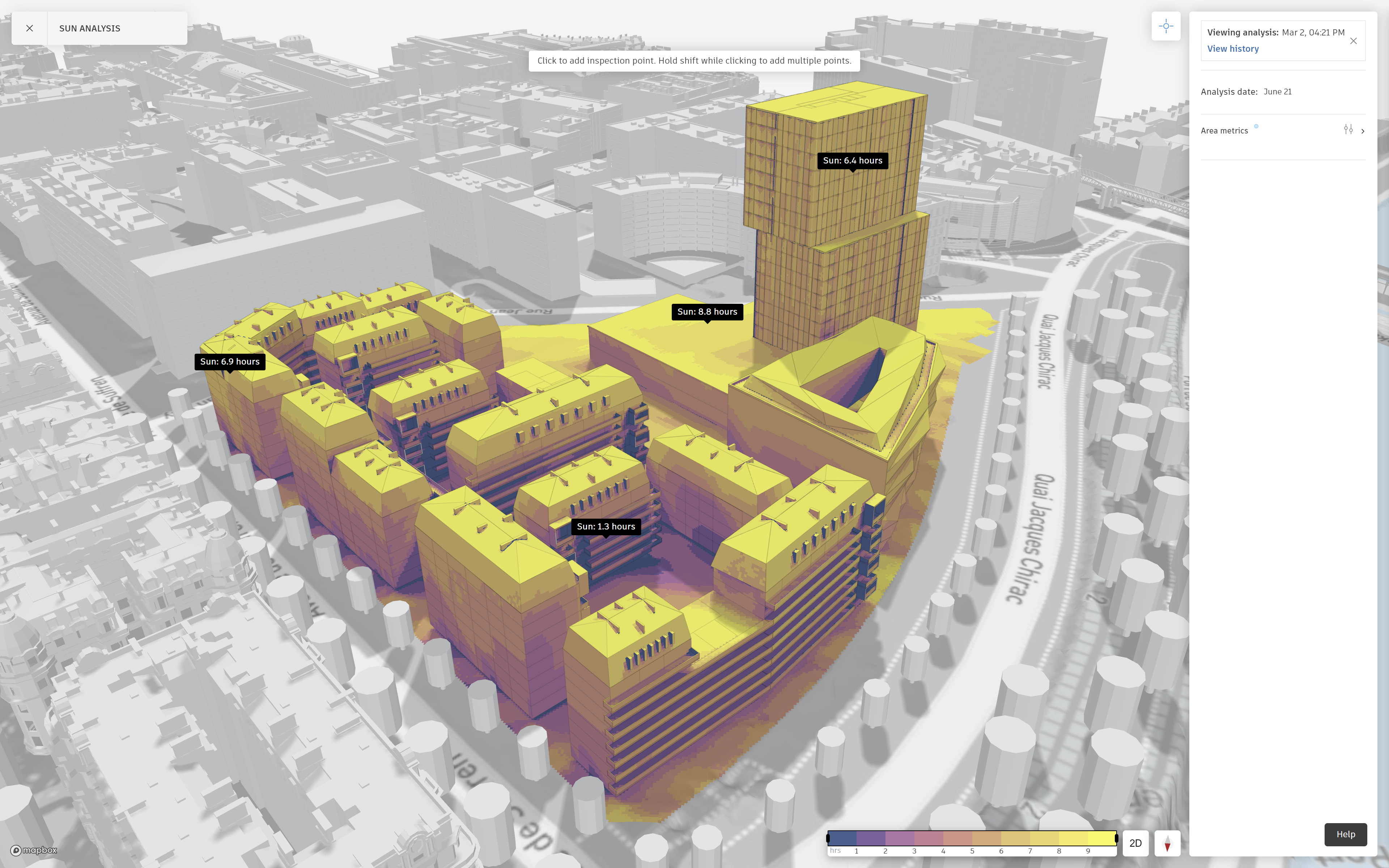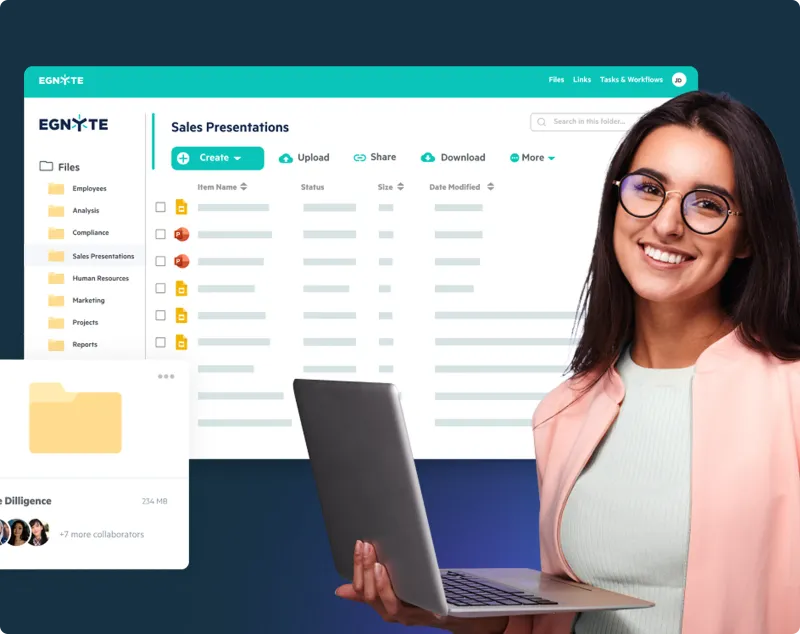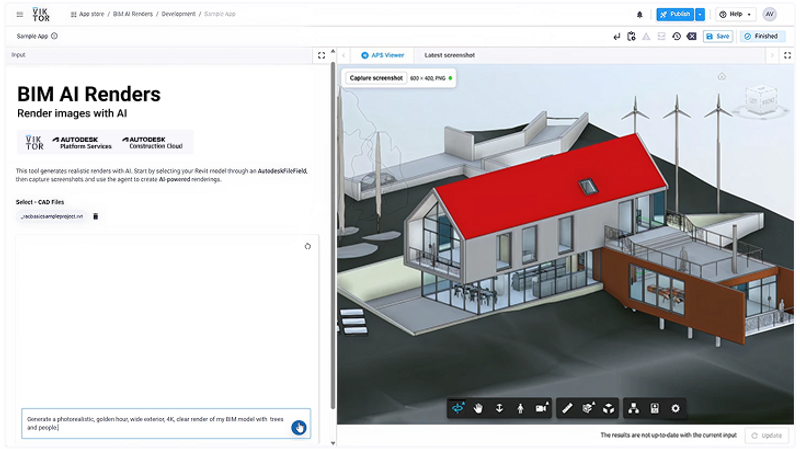So how exactly does Forma do the aforesaid, and benefit Architects? Read on to find out!
Revolutionizing Schematic Design with AI: Meet Autodesk Forma
2023 is inching close to an end, and the emerging, largely relevant ‘tech space’ of the AEC industry is booming in business. Over the past two years, we’ve witnessed the rise of numerous start-ups, design technology products, extensions, applets, microservices, etc. all making a lot of noise, because finally, the industry is giving way to a much awaited digital revolution. We can cite a handful of reasons for the same, yet what we largely observe is the rise of Generative Design, Artificial Intelligence, and Cloud Infrastructure working together to enhance and complement the workflows of AEC professionals.
True, we see and hear about the emerging players in the technology space of the industry, but you and I, in our daily professional work, have been using the products and resources of one particular software house for significantly longer (for decades now), than any other’s. And yes, this software house indeed has its very own immensely capable, highly robust design technology product operating from the cloud, employing AI and Machine learning. We are talking about Autodesk, and the newest product in their AEC Collection, Autodesk Forma.

Forma user interface — Photo credit: Graham Oakley, Baker Barrios Architects
Well, to understand Forma and deep-dive into it, let’s glance briefly at Autodesk’s suite of AEC products, and what instigated Forma’s development in the first place.
Undoubtedly, Autodesk’s AutoCAD solely brought about the first large-scale digital revolution in our industry, replacing the drafting table with a compact computer screen to draw, and further to make 3D models. We have Revit for planning, constructing, and managing buildings, handling not just drawings and 3D models, but the wealth of information that comes with projects, all of which need to be in the same place. The BIM culture enabled by Revit has been a huge success. We then have InfraWorks and Civil3D that enable civil works/infrastructure design, analysis, and documentation.
But there has yet been a lacuna for an integrated platform, specifically crafted for Architects to support them in doing what they do best: decision-make and design. And for the same, Architects need a lot of insight and background information, which demand a substantial amount of time and concerted effort. Plus, there is only so much design exploration that Architects can attempt to do, which is not always well-informed.

It’s pre-concept phase, and you need all the background information for your project, ranging from its location, site, context, terrain, building bye-laws, zoning regulations, climate patterns, and so on. With Forma, you start your project at its geolocation, and the software connects you seamlessly with data providers that have all the necessary background to situate and ground your design. It relays in contextual building information, road networks, property boundaries, terrain and topography information, as well as some legal insight on buildable heights, ground coverage, land use, and so on.
A team of Architects and Designers would normally spend a substantial amount of time to collect and consolidate a project’s context, not to mention the sheer number of different data formats and environments they each come from. With Forma, it’s just there for you instantly, to use and begin your project with.
Architects would definitely understand the uncertainty and doubt that come with starting anything from scratch, without any driver to shape the project as it commences. Forma makes sure that you always have the relevant backing to start your project, that you’d never have to sketch anything on an empty screen!

Now getting at concept and schematic design, an Architect is highly limited by time and capacity to explore more than a handful of design variants and options, sometimes largely based on rules-of-thumb and gut feelings, but invariably, not driven by data. More so, the complexity that comes with larger projects having multiple functions/programs require a lot of design-space exploration, to even do them adequate justice. Forma’s generative design functionality, employing AI-powered features, is exactly what you need.
Currently, Forma has rolled out its initial set of generative design capabilities built on a lot of algorithms, which explore a vast array of design possibilities based on user-defined parameters. Architects can integrate key project criteria including site and geometry constraints, urban typologies, etc., upon which a multitude of design options, each with its unique layout and configuration, are produced. This not only accelerates the conceptual design phase but also encourages innovative thinking by presenting designers with options they might not have considered otherwise. The sheer speed with which designers can set up and assess an option, and evaluate each against a number of others is testament to Forma’s very relevant capabilities. Moreover, the developers behind Forma are only planning to immensely scale up its generative design capabilities in the future.
Schematic design is also about balancing multiple objectives, such as maximising living space, minimizing construction costs, and adhering to environmental sustainability goals. Forma does its magic here, allowing users to define various design objectives and constraints simultaneously. The rapid analyses built on surrogate models allow users to assess the right balance between conflicting goals in real-time. For instance, the user can find the most energy-efficient building configuration that also maximizes the number of residential units within a given footprint. This comprehensive and complex discovery process would be exceedingly difficult and time-consuming without AI assistance.

Conventionally, once you’re done with exploring the design space manually, you would rely on a few crucial parameters fuelled by intrinsic thought and consideration, to narrow down your design. This is highly susceptible to various design and planning related issues downstream, as it’s simply impossible to simultaneously evaluate the impacts of as many parameters just in your head. Forma makes your job easy here. With a strong foothold in handling various typologies of data, decision-making becomes as sophisticated and informed as possible, so the biggest problems over a project’s course are solved right in the beginning.
AI in Autodesk Forma relies heavily on data analysis and machine learning: it draws insights from vast datasets related to planning and design. By analyzing historical and real-time data, the software can make informed recommendations. It harnesses the wealth of climate data, runs simulations and analyses using that data on the explored design variants, to reveal those options that perform the best in terms of daylight, thermal comfort, PV energy production, ventilation, and so on. On the commercial side, it estimates the maximum saleable area for each design variant, and helps identify an option that leads to the most revenue.
Data is what the AEC industry now has in abundance, and Forma is exceptionally good at extracting the most value out of it to inform your design process with all the insight you need.

Enhanced Collaboration
Another significant advantage of Autodesk Forma’s AI-driven schematic design is its capacity to facilitate collaboration among interdisciplinary teams. Architects, engineers, urban planners, and developers can work on the same 3D model, thanks to its cloud-based nature. Forma facilitates more productive and robust collaboration and discussions, bringing the data, the metrics, the 3D, and the insights together, helping Architects tell compelling design stories, clearly indicating deal-breaking project facts.
In conclusion
Autodesk has made a giant leap in the actual design phase of projects, bringing everything you need as an Architect, to the same place at the same time. Just as every other Autodesk product, Forma is set to become mainstream, and challenge the way we run our projects in their nascent phases. Needless to say, a large-scale evolution in our workflows is not too far away, and it’s gonna change for the better!
Recent Articles
Learn about the latest architecture software, engineering automation tools, & construction technologies

Pioneering Technical Report Management (TRM™) for AEC Firms: A Quire Deep Dive
Learn how Quire founder Kelly Stratton is reinventing technical reporting in our latest aec+tech interview, where its purpose-built TRM™ platform, WordBank-powered standardization, AI-driven Smart Search, quality control, and the Lazarus knowledge engine come together to help AEC, environmental, and CRE teams cut reporting time and errors while unlocking their institutional expertise.

Moving to the Cloud: Egnyte’s Staged Approach for Architecture Firms
As projects grow, AEC firms are rethinking data management and collaboration. This article outlines Egnyte’s six-stage Architecture Cloud Journey—a practical roadmap for moving from on-premise systems to secure, collaborative cloud environments. From assessment to continuous improvement, it shows how to streamline workflows, strengthen security, and future-proof with AI-ready infrastructure.

SaaS Founders: Are You Timing Your GTM Right?
This article was written by Frank Schuyer, who brings firsthand experience as a founder in the software and SaaS world. In this piece, he explores how founders can unlock faster growth and stronger market traction by integrating go-to-market strategy (GTM) from the very beginning of product development—rather than treating it as an afterthought.

The VIKTOR App Builder: Putting Automation into Every Engineer's Hands
The VIKTOR App Builder is changing how engineers automate their work. Built on VIKTOR’s secure, enterprise-ready platform, it lets users turn calculations, checks, and post-processing tasks into shareable browser-based apps—no coding required. In this interview, CPO Stijn Jansen explains why the team created it, how it bridges no-code, low-code, and full-code workflows, and what it means for the future of AI-assisted engineering.